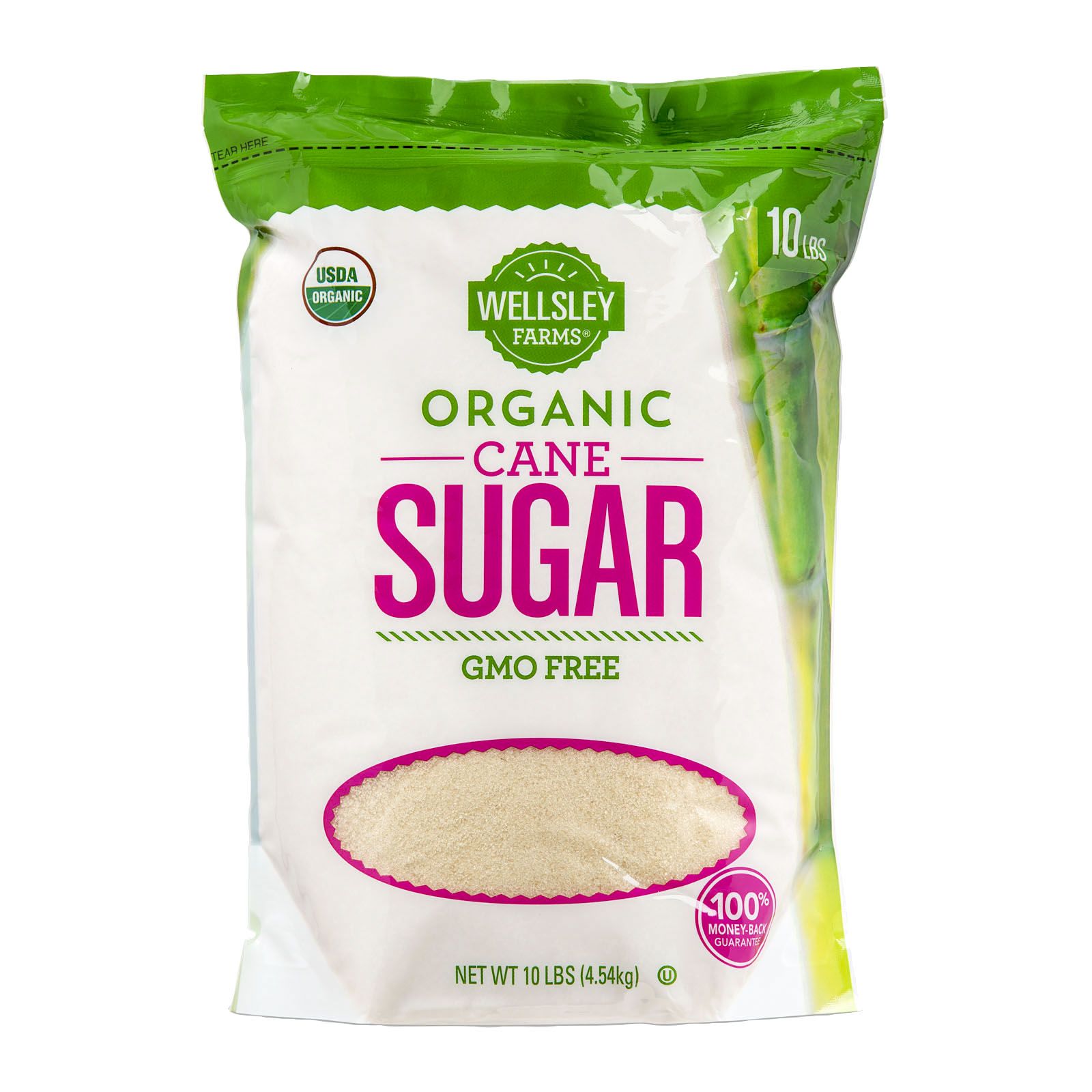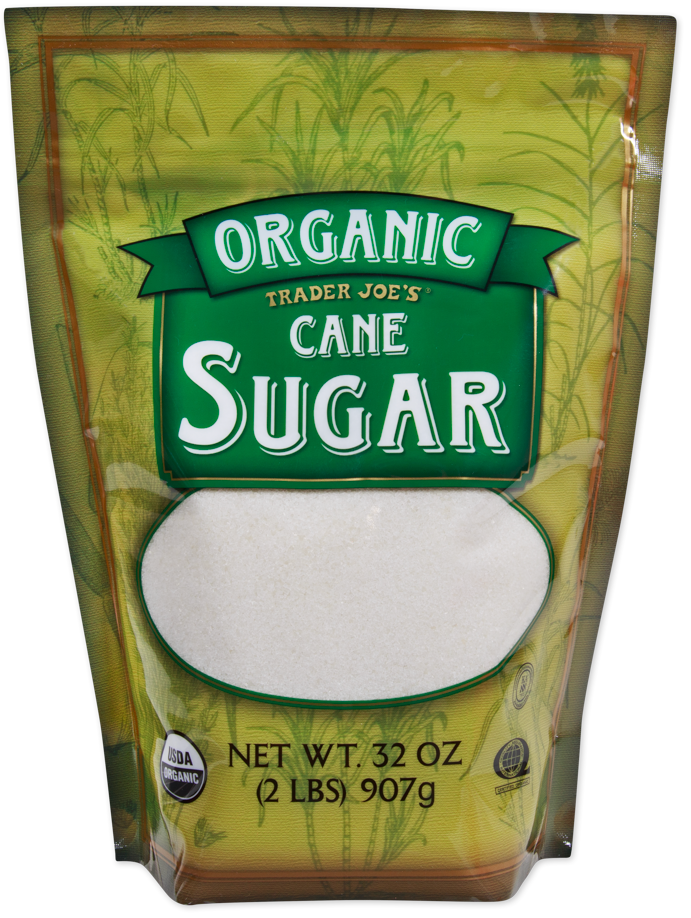Advanced Cane Sugar Processing: Enhancing Performance and Sustainability
Advanced Cane Sugar Processing: Enhancing Performance and Sustainability
Blog Article
Discovering the Comprehensive Steps Involved in Cane Sugar Handling From Gathering to Improvement
The procedure of walking cane sugar production includes a collection of intricate steps, beginning with the careful harvesting of sugarcane and culminating in the refinement stages that make certain the final product satisfies sector standards. Each stage, from the removal of juice to the purification and condensation processes, plays a crucial duty in figuring out the quality and personality of the sugar.
Gathering Sugarcane
Collecting sugarcane is a critical action in the cane sugar handling chain, as it directly influences the quality and return of the end product. Appropriate timing and strategies are vital throughout this phase to ensure ideal sugar web content and decrease losses. Generally, sugarcane is gathered when it reaches maturation, typically 12 to 18 months after growing, defined by a high sucrose focus.

Post-harvest, the sugarcane should be processed quickly to protect against sucrose degradation. Ideally, harvested walking stick ought to be transferred to processing centers within 1 day to preserve sugar top quality. Consequently, reliable logistical planning is critical to keep the integrity of the collected crop throughout the supply chain.
Extraction Refine

The smashed cane undergoes a collection of pushing operations to maximize juice healing. Commonly, warm water is splashed onto the smashed cane, creating a countercurrent circulation that aids dissolve the sugar while also aiding in the extraction procedure. The juice accumulated from this procedure includes not just sugar but additionally various organic compounds and contaminations.

To boost removal efficiency, some facilities may use diffusion approaches, where the sugarcane is soaked in hot water, enabling the soluble sugars to diffuse right into the liquid. The resulting juice, abundant in sucrose, is after that guided to succeeding processing stages, laying the foundation for purification and refinement. The removal procedure is thus crucial in determining the quality and return of the final sugar item.
Purification Methods
The purification methods employed in cane sugar handling are crucial for transforming the raw juice right into a high-grade sugar product. These approaches largely intend to eliminate contaminations, such as dirt, plant materials, and not natural compounds, which can adversely impact the end product's flavor and shade.
Among the most usual purification strategies is information. This procedure entails including lime and warm to the raw juice, which facilitates the coagulation of impurities. The resulting precipitate is then gotten rid of via sedimentation or filtration, producing a more clear juice. Furthermore, using phosphoric acid can boost the information procedure by additional binding impurities.
One more considerable technique is carbonatation, where carbon dioxide is introduced to the cleared up juice. This response produces calcium carbonate, which captures staying pollutants and promotes their removal.
In addition, activated carbon treatment might be used to adsorb any kind of remaining colorants and organic contaminations, making certain an extra refined item. The mix of these methods efficiently prepares the sugar juice for succeeding action in the refining process, setting the phase for the production of top quality cane sugar.
Formation Approaches
After the filtration phase, the next critical step in cane sugar processing includes formation techniques, which play a pivotal duty in transforming the made clear juice view it now into solid sugar. This process commonly utilizes 2 key methods: spontaneous formation and controlled formation.
In spontaneous condensation, supersaturated sugar solutions are enabled to cool see this down normally, causing the formation of sugar crystals in time. This technique is easier however may cause unequal crystal sizes and lower pureness degrees. On the other hand, managed formation is a much more precise strategy where temperature, concentration, and seeding agents are diligently handled. This method enables the consistent development of sugar crystals and greater purity.
During condensation, the made clear juice is focused through evaporation, raising its sugar material up until it gets to supersaturation. When this factor is accomplished, either approach can promote the formation process. Cane Sugar Processing. The resultant sugar crystals are after that separated from the continuing to be syrup with centrifugation
Ultimately, the option of condensation technique affects the quality, dimension, and pureness of the last sugar product, making this action necessary in the total walking cane sugar processing treatment.
Refinement and Product Packaging
Exactly how can the purity and high quality of walking stick sugar be even more enhanced after formation? The improvement process plays a vital role in achieving premium walking cane sugar.
Following, the sugar undergoes a procedure called centrifugation, where it is spun at broadband to separate the purified sugar crystals from the staying liquid. After centrifugation, the sugar is usually further improved with a technique called carbonization or phosphatation, which makes use of turned on carbon or phosphoric acid to eliminate shade and off-flavors.
As soon as refined, the sugar is dried to attain the preferred moisture material, making certain that it stays steady throughout storage and transport. The final step entails packaging the polished sugar in moisture-proof and closed containers to preserve its top quality and avoid contamination. Cane Sugar Processing. Proper product packaging not just extends service life but likewise helps with very easy handling and circulation, making sure that customers get sugar that fulfills the highest possible criteria of pureness and quality
Conclusion
The comprehensive steps involved in walking cane sugar handling, from the meticulous harvesting of sugarcane to the intricate improvement and product packaging phases, emphasize the value of each phase in ensuring high-grade sugar manufacturing. Optimal harvesting methods, effective extraction techniques, and rigorous purification processes jointly add to the end product's purity and security. The have a peek at these guys crystallization and succeeding packaging methods additionally enhance the integrity and rack life of the sugar, highlighting the intricacy and accuracy fundamental in this essential agricultural market.
The procedure of walking cane sugar manufacturing incorporates a collection of intricate actions, beginning with the mindful harvesting of sugarcane and culminating in the improvement stages that make sure the final product meets sector standards. Ideally, collected walking stick should be transported to refining facilities within 24 hours to maintain sugar top quality.In spontaneous condensation, supersaturated sugar services are enabled to cool normally, leading to the development of sugar crystals over time - Cane Sugar Processing. The refinement process plays a critical duty in accomplishing premium walking stick sugar.The extensive steps involved in cane sugar processing, from the precise harvesting of sugarcane to the intricate improvement and packaging phases, underscore the value of each phase in ensuring high-quality sugar production
Report this page